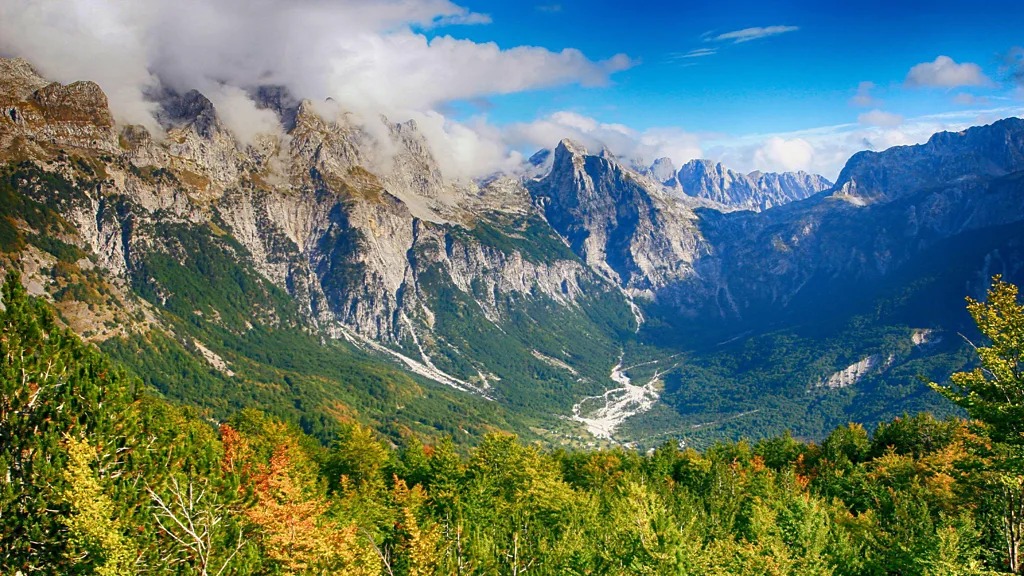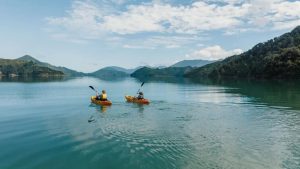
Introduction to the Trans Dinarica Bike Trail
The Trans Dinarica Bike Trail is an exciting new adventure for cyclists, officially launching in July 2024. Spanning over 5,500 kilometers, this extensive trail weaves through eight Balkan countries from Slovenia in the north down to Albania in the south, showcasing Europe’s least-visited and breathtaking landscapes. The trail offers cyclists a unique opportunity to explore the remote beauty of the Dinaric Alps, once part of the tumultuous Yugoslavian landscape, now known for its peaceful multicultural communities.
Scenic Adventure Across 8 Nations
This bike trail is inspired by the Via Dinarica hiking route and aimed at reconnecting the people of the Balkans through sustainable tourism development. The Trans Dinarica route explores less-traveled paths, passing through national parks, UNESCO World Heritage sites, and quaint villages. Cyclists can ride through the majestic Accursed Mountains in Albania, navigate the Tara River Canyon in Montenegro, and explore Lake Ohrid. Such diverse topography offers a scenic adventure that combines natural beauty and spirit.
Cultural Richness and Natural Wonders
Beyond stunning views, the Trans Dinarica Bike Trail introduces travelers to the Balkans’ diverse culture. The region, once torn by ethnic conflict, is now home to a patchwork of religions and ethnicities, including Catholics, Muslims, and Orthodox Christians. The trail intertwines historical sites like Hellenistic ruins and Ottoman cities, enhancing its cultural richness. Local residents embrace tourists, offering insight into their heritage. The vibrant cultures, as seen in places like Theth, Albania, where Catholic traditions coexist within a Muslim-majority country, are part of the trail’s unique allure.
For more details, refer to this BBC article. For related travel insights, visit Kenkou Land.
The Trans Dinarica aims to breathe life into depopulated regions, attracting tourists and fostering community-based tourism. Klavora and Apih, key figures behind this initiative, believe it can stimulate economic growth and preserve the region’s rich cultural legacy. Nevertheless, careful management is necessary to ensure the sustainable development of this untouched landscape.






